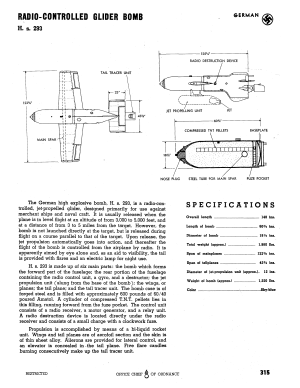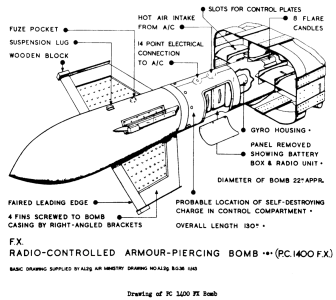Example: A 12-plane squadron of SBD, Stuka, etc., each carrying 1 1000 lbs. bomb is a 12,000 lbs. ordinance load. A single A-6 Intruder can carry up to 18,000 lbs. of ordinance. An F-15E Strike Eagle can carry up to 23,000 lbs. ordinance and external fuel. Either could easily manage a 12,000 lbs. loadout.
So, one modern strike plane equals a squadron of WW 2 strike aircraft or fighter bombers. And, yes, that one plane has a much greater capacity to put the ordinance on target.
A single 1960's-ish bomber like a B-52, Tu 95, or the like likewise carries an ordinance load of an entire squadron of WW 2 era heavy bombers. Even the difference between a late 1930's and 1940's heavy bomber, say like a B-17 versus a B-29, has the later carrying several times the load of the former.



